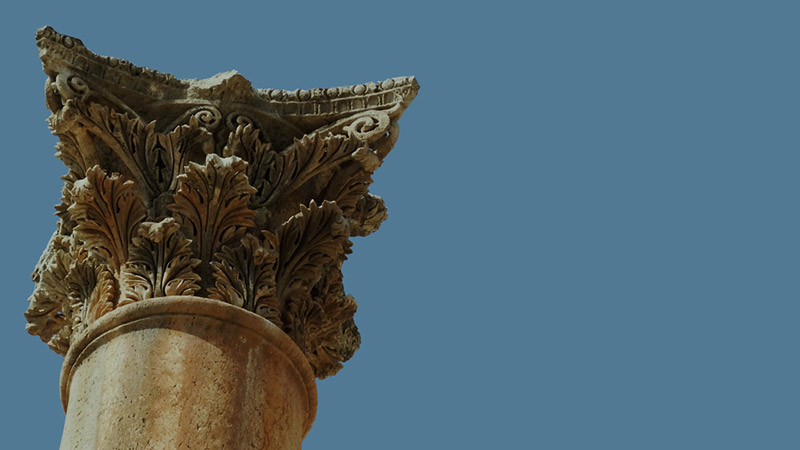More Results
Showing 12 of 68
Articles

Province of Asia Minor
The Province of Asia MinorThe remains of the towns and villages of Galilee give evidence to the simple lifestyle of the Jewish people of the first century. Few were wealthy but most were hardworking people living comfortable lives as extended fami...
MORE
Rabbi and Talmidim
Rabbi and TalmidimThe people of Galilee were the most religious Jews in the world in the time of Jesus. This is quite contrary to the common view that the Galileans were simple, uneducated peasants from an isolated area. This perspective is probab...
MORE
Religious Movements of Jesus Time
Four views of JudaismIn Jesus' day, there were varying philosophies within the Jewish faith. While some Jews embraced the Roman rulers, others resisted with violence. And whereas some Jewish believers lived a simple, isolated lifestyle, others enj...
MOREEncyclopedia

Olive Tree Imagery
The olive tree is one of the plants most frequently mentioned in the Bible. Scripture writers used olive tree imagery to describe Jesus' Jewish roots and the relationship of Jews and Gentiles.When an olive tree gets very old (often hundreds of yea...
MORE
Our First Love
Called to Pursue Our First LoveAccording to Matthew 22:37-38, believers in Jesus the Messiah are to love the Lord with all their heart, soul and mind (strength). Yet, according to Romans 13:8-10, 1 John 2:9-11, 3:10-11, and other biblical passages...
MORE
Palm Sunday
The Passover For the Jewish people, Passover was more than a religious observance. It was the time of year when they celebrated liberation from Egyptian bondage.During Jesus' time, they also used this opportunity to express their longing for polit...
MORE
Pentecost and Mount Sinai
There are many compelling similarities between the expressions of God's presence on Mount Sinai and his presence among the disciples during Pentecost. - On Mount Sinai, God's presence was accompanied by fire, smoke, and the sound of thunder (Ex. 1...
MORE
Pergamum
Pergamum (now Bergama) is located in the northern part of the Roman province of Asia Minor, along the Caicus River about ten miles from the Aegean Sea. From the third century BC until well into the fourth century AD, its kings controlled a major t...
MORE
Sacrifices
Temple Sacrifices The people of ancient Israel made sacrifices to God in the temple. These sacrifices, which involved the shedding of blood (the pouring out of the animal's life), symbolized the atonement made for the people's sins.According to Go...
MOREGlossary

Palestine Definition
Name given to the Promised Land after the Second Jewish Revolt (AD 132-235). It is derived from the word Philistia and was used by the Romans to denigrate the Jews.
MORE
Robinson's Arch Definition
One of the largest masonry arches (75 feet tall, more than 45 feet across) in the ancient world; supported a massive staircase that ran from the Tyropean Valley and the Lower City to the Royal Stoa (the place of buying and selling, the location of...
MORE
Sadduccees Definition
Means "righteous ones." Wealthy Jewish aristocracy, claiming descent and authority from the high priest Zadok. Oversaw Temple; theology based on the first five books of the Bible; did not believe that God interfered in human lives or in ...
MORE

















